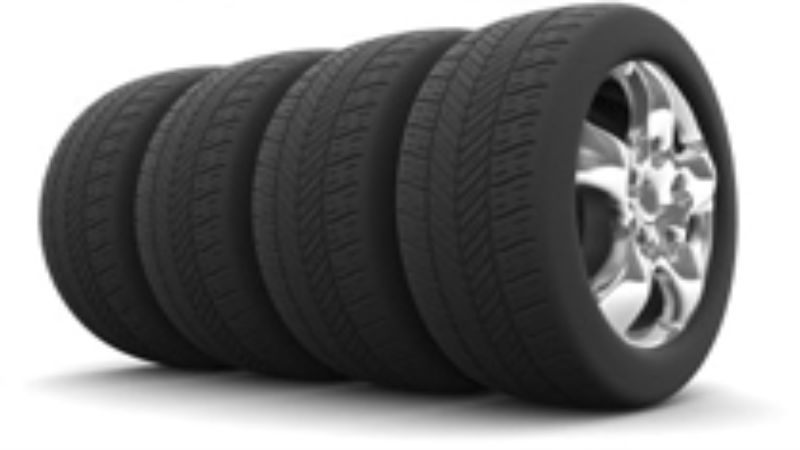When it comes to creating a flawless, long-lasting tile installation, a few critical components can make all the difference. While many individuals focus on selecting the proper tile design and grout color, the procedures and instruments utilized throughout the installation are equally important. The grouting sponge is an often overlooked yet crucial piece of tiling equipment.
The Use of Grout in Tile Installation
In tiling, grout serves both functional and aesthetic purposes. It covers the crevices between tiles, stabilizing them and preventing moisture from penetrating. At the same time, grout adds to the overall visual appeal by highlighting the tile’s color and style. However, grout is porous, which means it is prone to discoloration and moisture penetration if not placed and cleaned correctly. Cleaning is a critical stage in the grouting process. After applying the grout between the tiles, remove any excess before it solidifies. The sponge’s substance and design allow it to effectively remove grout without pulling it out of the joints or creating streaks on the tile surface.
The Value of Proper Cleaning Tools
Using the correct cleaning tools is essential for attaining the results in any tiling project. While some may believe that a basic sponge will suffice, a specialist grouting sponge has many advantages over traditional choices. High-density polyurethane often composes sponges used in grouting, offering superior absorption and durability. These sponges feature a fine, porous texture that aids in the equal distribution of water and grout throughout the cleaning process, preventing scratches and excessive grout removal from joints. The softness of the sponge allows for a delicate yet thorough cleaning, ensuring that the tiles remain free of excess grout and the grout lines remain intact and well-filled. After the grout has taken a few minutes to set, use the sponge to apply it. The sponge should be damp but not soaking wet, as excess water might dilute the grout and impair its structure. Using the sponge in a circular motion can help smooth the grout lines and remove any surface debris from your tiles.
Ensuring the Durability of Your Tiling Work
Aside from the obvious benefits during installation, employing the proper tools, such as a specialized sponge, has long-term ramifications for the longevity and maintenance of tiled surfaces. Poor cleaning procedures can result in grout haze, irregular grout lines, or even weaker grout, all of which can shorten the life of your tiling project.
Proper cleaning with the right sponge improves the tile’s first appearance and makes future maintenance easier. Cleaning and smoothing of grout creates a more uniform surface, reducing the likelihood of dirt and debris accumulating in the grout lines. It produces a cleaner, more hygienic surface that requires less frequent cleaning over time. In such circumstances, carefully cleaning the grout lines with a damp grouting sponge will help restore their original appearance while preventing damage to the tiles and grout. It contributes to the overall aesthetic appeal and integrity of the tiled surface.

